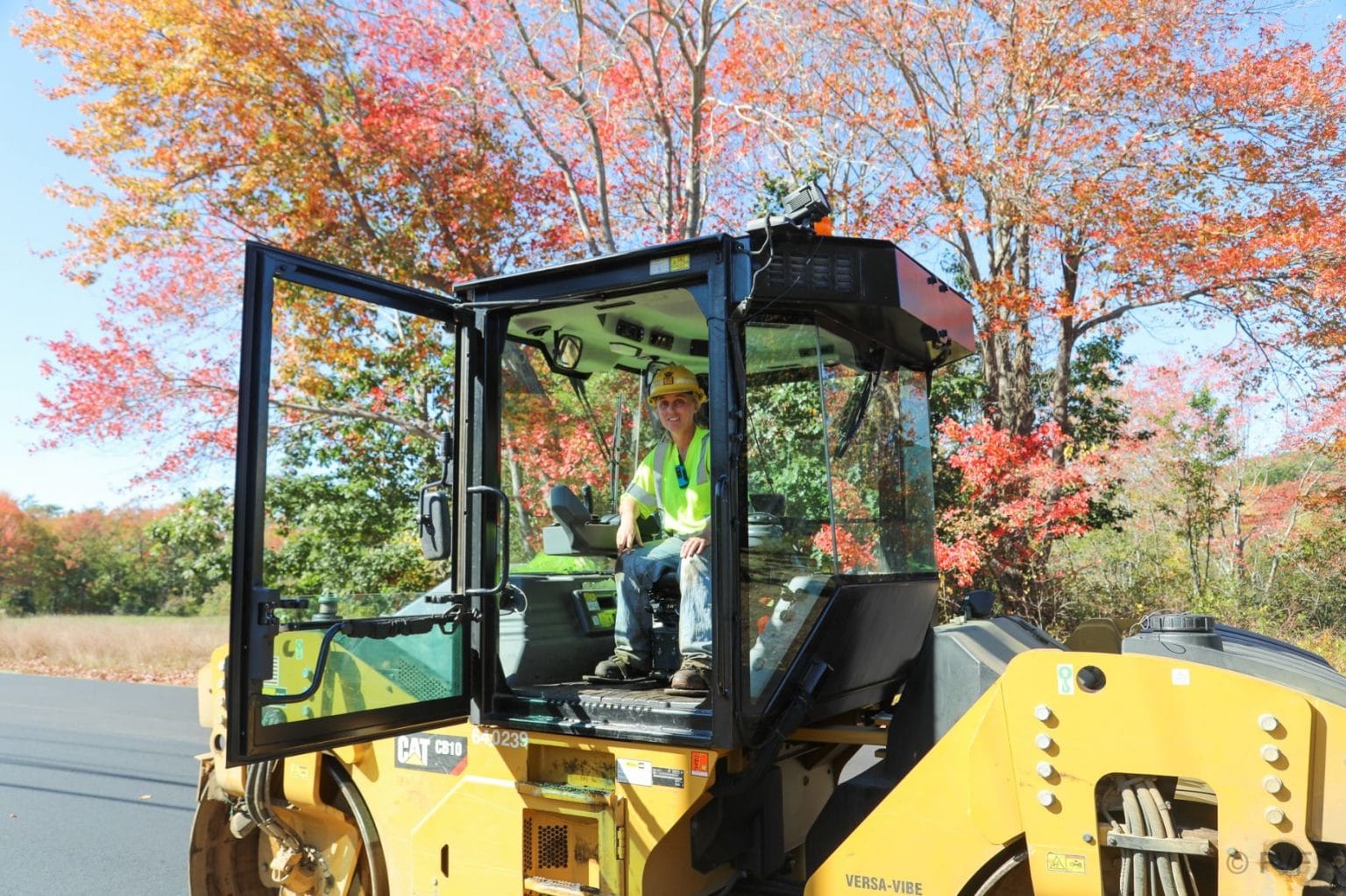Oct 25, 2021
5 Key Takeaways from the AEM Workforce Solutions Summit
BY AEM

As equipment manufacturers prepare for the workforce of the future, they need to be armed with smart change management and talent management strategies.
Presenters at the second annual AEM Workforce Solutions Virtual Summit offered several ideas. Here are 5 key takeaways.
1. ADOPT FORWARD-LOOKING EMPLOYMENT STRATEGIES TO MEET THE CHANGING NATURE OF WORK
Bryan Hancock, global leader of McKinsey & Co.’s global management practice, told the AEM Workforce Solutions Virtual Summit that companies are adopting automation and digitization much more quickly, largely driven by the COVID-19 pandemic. Sixty-eight percent of companies McKinsey surveyed said they had increased their use of automation since the start of the pandemic.
Introduction of automation can be met with a chilly reception by employees, who believe it can lead to job losses. However, automation is largely replacing workers for competitive tasks, freeing workers for those tasks that require cognitive skills. Although about 5 million current manufacturing jobs will be lost between now and 2030, the firm believes about 4.7 million new jobs will be developed due to industry growth.
Hancock urged conference attendees to identify the skills that they need more of in their organizations, then to determine the training investments needed as well as looking for more creative and diverse ways of finding employees with the desired skills.
Today’s employees also want flexibility in how often they come into the workplace, going in only when necessary for training, team collaboration or hands-on work that can’t be done remotely, Hancock said.
2. LEADERS DON’T SHY AWAY FROM CONFLICT
“The most effective, most highly admired leaders in an organization are those who deal with conflict early and head on,” said Janyne Peek-Emsick, president of Your Executive Coach at the AEM Workforce Solutions Virtual Summit. “According to a Stanford Business School study, conflict is the number one reason CEOs seek out executive coaches, and it’s why boards seek out coaches for their CEO.”
Conflict can result in employees wasting as much as three hours of each work week, so stopping conflict early makes for much more productive organizations, Peek-Emsick said.
Peek-Emsick added that conflict at the relationship level is a symptom of a misalignment in goal clarity or role clarity – which results in people stepping on one another’s toes.
3. A CULTURE OF DIVERSITY AND INCLUSION STRENGTHENS COMPANIES
“We truly believe in the transformative nature and power of diversity and inclusion,” said Lauren Gardner, Microsoft’s vice president for talent acquisition to attendees of the AEM Workforce Solutions Virtual Summit. “It’s only by actively engaging the different perspectives can we challenge and stretch our thinking and reduce the experience of our employees and we’ll talk at a quick moment about our own mission, which is empowering every person and every organization on the planet to achieve more.”
Organizations that don’t follow diversity and inclusion practices can lose many of their valued employees, Gardner cautioned. “Seventy percent of millennial employees now as well as Gen Z’s would leave an organization for a more inclusive one.
“There are billions of people who want to achieve more, but they have a different set of circumstances, abilities, skills and experiences that can often lock them out of participating in the world that is happening around them.”
The diversity effort doesn’t stop at the hiring stage, Gardner cautioned. All of Microsoft’s divisions seek to bring on people with diverse backgrounds but won’t matter if they don’t feel value for the work that for the experiences they bring or aren’t respected for who they are, or don’t experience opportunities for further growth and development.
4. LEVERAGE LOCAL WORKFORCE ALLIANCES
With their connections to businesses, local elected officials, labor, economic development agencies, educators and community leaders, local workforce alliances foster high growth career opportunities for workers, and help to meet the needs of businesses seeking qualified workers to meet their present and future needs, said Keith Lawing, president and CEO of the Workforce Alliance of South Central Kansas.
Through such agencies, workers acquire skills for employment opportunities to meet a region’s workforce talent and employer skill needs, Lawing said.
Funding priorities for these agencies, which have been supported by Democratic and Republican administrations alike, are based on a broad range of worker issues that consider wages, job mobility, access and equity by analyzing data and working with local businesses workforce to understand what skills are most in demand. Then each local agency develops the necessary training and credential programs, using outcome data to advise employers, policymakers and communities about what approaches are successful, Lawing added.
5. GET STRATEGIC ABOUT EMPLOYEE SOURCING
The current labor shortage will continue for at least the next seven years as more than 10,000 Baby Boomers retire each day, leaving employers searching for workers with the necessary skills to meet their employment needs.
Chris Czarnik, CEO of Career Research Group, told the AEM Workforce Solutions Virtual Summit that organizations should consider the following ways to source great employees. First off, he advised it’s important to understand why job seekers contacted your company. It could be they’ve acquired new skills or now have the experience to seek out your company, or a host of other factors. If you like what they have to offer, ask about their previous job. This can help you identify ways to recruit similar candidates, but also the types of companies that provide the skills sought.
Interview the best employees hired over the last 18 months to learn why they sought your company out as an employer; the preconceived notions they had about the company; what they think it takes to be successful with your firm; and why they choose to stay with the organization.
TODAY’S THE DAY TO START SHAPING THE WORKFORCE OF TOMORROW
The skillset and the mindset of tomorrow’s employee base is radically different than that of today. The efforts needed to build your future workforce must start now.